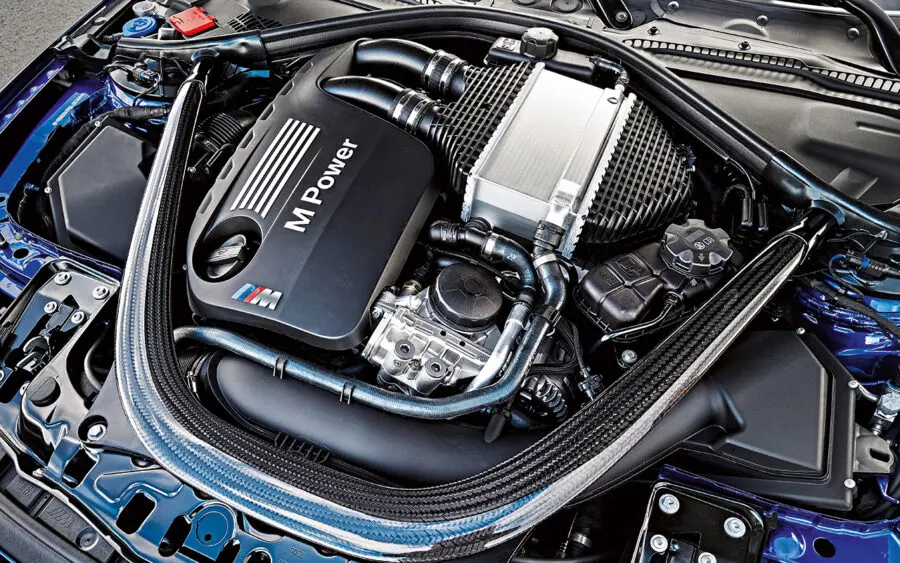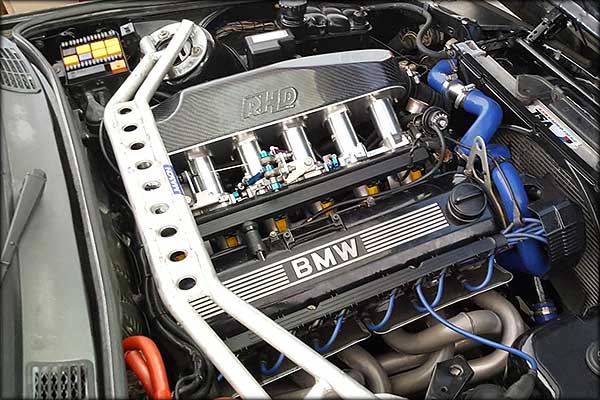Exploring the Efficiency Enhancements of the Latest BMW Engine Models
Exploring the Efficiency Enhancements of the Latest BMW Engine Models
Blog Article
Exploring the Development of Burning Engines in Modern Transport Equipments
As we navigate the landscape of modern-day transport, the development of combustion engines stands as a testament to human ingenuity and design prowess. The interplay of background, innovation, and environmental concerns in forming the trajectory of burning engines creates a story that is both engaging and insightful.
Early Beginnings of Combustion Engines
Just how did the principle of combustion engines very first emerge in the early phases of transport advancement? The origins of combustion engines can be mapped back to the 17th century when the concepts of internal combustion were initial explored.
The development minute included the development of the first successful gasoline-powered engine by Karl Benz in 1885 - bmw engine. This engine led the way for the development of the contemporary auto, transforming transport systems worldwide. Succeeding innovations by Nikolaus Otto and Gottlieb Daimler additionally improved burning engine technology, causing the mass manufacturing of automobiles and the rapid growth of the transport sector
These very early burning engines were identified by their simpleness and performance, laying the structure for the complicated and effective engines utilized in modern-day transport systems. The advancement of burning engines has actually contributed fit the method we travel and deliver items, marking a significant turning point in the background of transport advancement.
Change to Internal Burning Innovation
The shift to interior burning innovation marked a critical shift in the evolution of transport systems. This change started in the late 19th century, with innovators like Nikolaus Otto and Gottlieb Daimler establishing the very first successful inner burning engines. These engines changed transport by using a much more effective and powerful choice to heavy steam engines and electrical motors.
One of the key advantages of inner burning engines was their capacity to be reduced to suit cars, leading to the growth of bikes and cars. This shift from large, stationary engines to portable, mobile ones led the way for the modern transport systems we see today.
The shift to inner combustion innovation likewise spurred developments in fuel modern technology, causing the development of gas and diesel as key fuel resources for cars. This change not just made transportation extra easily accessible to the masses yet likewise laid the structure for the oil and gas industry to end up being indispensable to global economic situations.
Impact of Combustion Engines on Transport
The adoption of combustion engines in transport systems militarized a profound shift in the performance and speed of worldwide mobility. Combustion engines changed transportation by offering a functional and dependable source of power for different vehicles, consisting of cars, airplanes, ships, and vehicles. This advancement significantly boosted the capability for items and people to conform cross countries in shorter time structures, resulting in increased connectivity between areas and countries.
In addition, the prevalent use of combustion engines has had a significant effect on economic development. The ability to carry products effectively has spurred profession and click over here now business, permitting services to broaden their markets and reach consumers worldwide. This has facilitated financial development and globalization, as items can now be carried quicker and in larger quantities than ever in the past.
Nonetheless, the ecological effect of combustion engines can not be overlooked. The combustion of fossil fuels has led to air contamination and greenhouse gas exhausts, adding to environment change and posing health threats to populations. bmw engine. Therefore, there is an expanding emphasis on developing different propulsion modern technologies to alleviate these unfavorable effects and develop a much more sustainable future for transport
Developments in Burning Engine Style
One notable technology is the development of turbocharged engines, which utilize exhaust gases to drive a turbine that compresses inbound air, permitting for more gas to be burnt, resulting in increased power result without a considerable rise in engine size. Variable valve timing systems have additionally revolutionized engine design by enhancing air flow at various engine rates, improving both power and effectiveness. These developments collectively add to the continual enhancement of combustion engines in modern transport systems.
Future Patterns in Combustion Engine Growth
With modern technology innovations driving constant development, the future of burning engine advancement is poised to revolutionize transport systems internationally. One of the vital patterns in combustion engine growth is the push towards better effectiveness and reduced exhausts. Makers are investing greatly in research and growth to improve engine efficiency while satisfying stringent ecological policies. This consists of the combination of innovative fuel shot systems, enhanced turbocharging methods, and making use of lightweight materials to maximize fuel intake and decrease carbon exhausts.
Another famous trend is the fostering of hybrid technologies in combustion engines. Crossbreed engines combine standard combustion innovation with electrical power, offering enhanced gas efficiency and lower exhausts. As the automotive market changes towards electrification, crossbreed combustion engines are viewed as a transitional solution that connects the gap between traditional lorries and fully electric ones.
In addition, the integration of wise modern technologies, such as expert system and information analytics, is expected to play a considerable function in the future of combustion engine development. These technologies can enhance engine performance in real-time, resulting in much more effective combustion processes and enhanced overall vehicle performance. Embracing these future find out this here trends will certainly not just drive technology in burning engine growth yet additionally add to a much more sustainable and environmentally friendly transport ecosystem.

Conclusion
Finally, the development of burning engines in modern-day transport systems has actually been noted by substantial advancements in technology and design. From the early beginnings of combustion engines to the transition to interior burning modern technology, these engines have actually had an extensive effect on transport. Advancements in burning engine style remain to drive development in this area, with future patterns concentrating on additional enhancing effectiveness and minimizing discharges. The future of combustion engines in transportation looks promising as r & d initiatives proceed to press limits.
The roots of burning engines can be traced back to the 17th century when the concepts of interior combustion were initial checked out. These engines reinvented transportation by supplying a much more efficient and effective option to steam engines and electrical motors.

Report this page